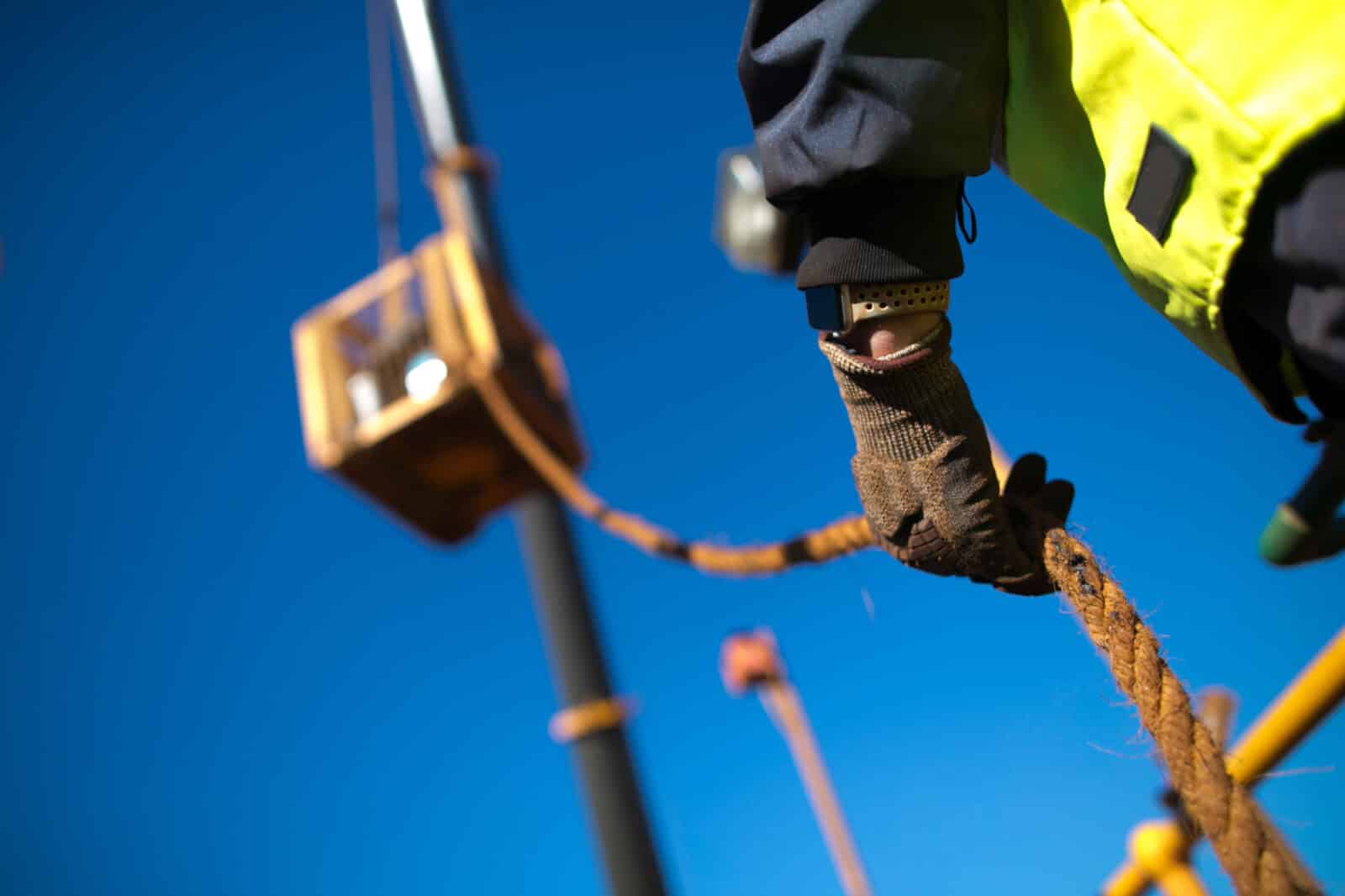Knowing why a rigging load test is important matters for anyone working with lifting equipment. A rigging load test checks if the equipment is safe and strong enough to carry the weight it is meant to hold.
This process helps prevent accidents and makes sure the tools can do the job without breaking. Doing these tests is not only about following the rules-it also keeps workers and equipment safe.
Some people may see the test as time-consuming, but the safety and peace of mind it provides make it worth it.
Table of Contents
What Constitutes a Rigging Load Test?
A rigging load test is a systematic procedure designed to verify the safety, strength, and reliability of lifting equipment such as the following:
- cranes
- hoists
- slings
- shackles
- and other rigging components
It involves applying a specified load, often exceeding the equipment’s rated capacity by a certain percentage, to ensure the gear can handle operational stresses without failure. During the test, inspectors closely monitor the equipment for signs of deformation, wear, malfunction, or structural weakness. The process may include static tests, where the load is applied and held in place, and dynamic tests, where the equipment operates while carrying the load.
Rigging load tests are typically conducted in compliance with regulatory standards and manufacturer guidelines, ensuring that the equipment meets safety requirements. By confirming the performance and durability of lifting systems, these tests protect workers, prevent costly accidents, and maintain operational efficiency in industries where heavy lifting is essential.
The Importance of Rigging Load Testing
The main purpose of rigging load testing is to stop accidents caused by broken equipment. Such accidents can lead to damage, injuries, or even deaths. By testing rigging parts under controlled pressure, issues like wear, cracks, or bending can be found before they become serious.
Load testing also makes sure companies follow safety rules and avoid fines. More than that, it helps workers trust the equipment, making the job run more smoothly. In the end, rigging load testing keeps people safe, protects property, and builds a safer, more reliable work environment. Start to prioritize load testing for rigging that safeguards lives but also protects investments.
How is a Rigging Load Test Conducted?
The process starts with checking all rigging gear, such as slings, chains, hooks, and lifting devices, to make sure they are in good shape. Trained professionals then set up the equipment and use test weights, sometimes heavier than the normal limit, to copy real lifting conditions. Tools like load cells and dynamometers measure the force and performance.
During the test, inspectors watch for signs of stress, bending, or failure. After the test, they prepare a report to show the equipment meets safety rules. This step-by-step process makes sure the rigging equipment can be used safely in real jobs.
Regulatory Standards and Guidelines
Rigging load test standards can change depending on the country and industry. In the United States, groups like OSHA (Occupational Safety and Health Administration) and ASME (American Society of Mechanical Engineers) set the rules for how often and how tests should be done.
For example, OSHA requires lifting equipment to be checked and tested on a regular basis to make sure it is safe. These groups also explain the steps for testing and the records that must be kept. Keeping clear records is not only required by law but also helps provide useful information for future work.
Common Types of Rigging Load Tests
One common type of test is the static load test. In this test, the equipment holds a set weight-often heavier than its normal limit-to check for bending, damage, or failure. Another type is the dynamic load test, where the equipment lifts, lowers, and moves loads to copy real work conditions. This makes sure the gear can handle both weight and movement.
Proof load testing is also common, showing that equipment can safely take on more than its usual working load. Less often, destructive testing is done to find the breaking point of sample equipment. Each type of test helps keep rigging gear safe, reliable, and in line with safety rules.
The Costs Associated with Rigging Load Testing
Rigging load testing is important for keeping lifting equipment safe and reliable, but it does come with costs. These include paying certified professionals, renting or buying test weights, and using special tools like load cells and spreader bars. There may also be extra expenses for site setup, permits, and the downtime during testing.
Labor costs for inspectors and riggers add to the total as well. While these costs may seem high, they are an important investment.
Testing helps companies follow safety rules, prevent accidents, and avoid fines. In the end, the money spent on rigging load testing improves safety, keeps work running smoothly, and saves money over time.
Consequences of Not Conducting Load Tests Regularly
Not doing rigging load tests on a regular basis can cause serious problems for both safety and efficiency. Without testing, hidden issues like cracks, rust, or weak parts may go unnoticed, raising the chance of sudden equipment failure. This can lead to accidents that cause injuries, deaths, or expensive damage.
Companies may also face fines, legal trouble, or even shutdowns for breaking safety rules. Another risk is work delays, since untested gear can break down without warning and slow down operations.
Skipping tests can also shorten the life of rigging equipment, making replacements more costly in the long run. Regular testing helps companies stay safe, follow the rules, and protect both people and property.
The Non-negotiable Value of Rigging Load Tests
Doing regular rigging load tests is very important for safety, compliance, and smooth operations in any workplace that uses lifting equipment. These tests help find problems early, before they turn into bigger risks, and make sure lifting jobs are done safely. By making load testing a priority, companies protect both workers and equipment.
It also protects the money invested in these tools. Skipping routine tests is not an option-regular testing is a smart, proactive step that keeps people safe and equipment reliable for the future.
Looking for more tips and advice? You’re in the right place! Make sure to bookmark our page and come back to check out more interesting articles.





